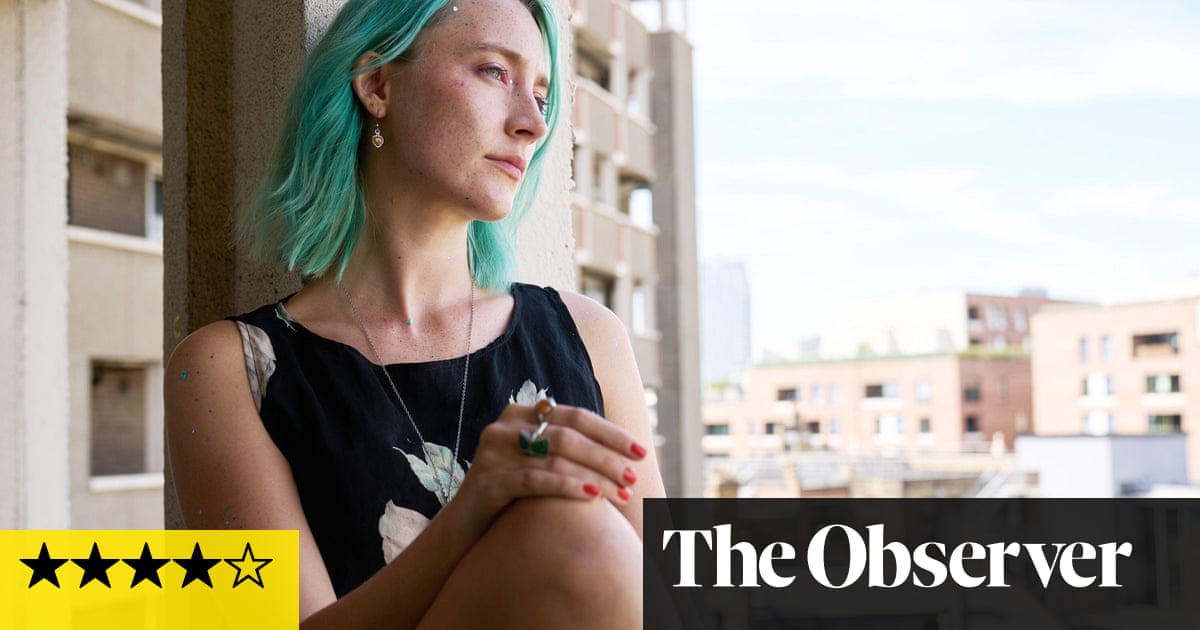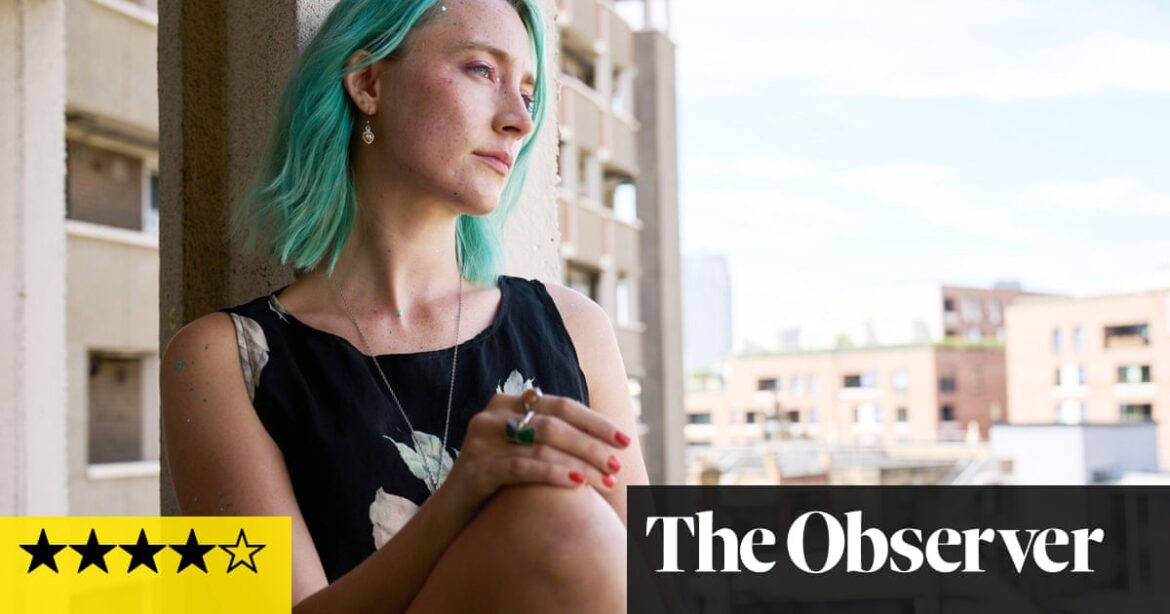
T
Sharing a tale of addiction can feel cliché. In her memoir The Recovering, Leslie Jamison describes it as a story that has been repeatedly told, boiling down to the familiar cycle of desire, use, and repetition. Recovery often relies on overused phrases such as “rock bottom”, “one day at a time”, and “I’m X, and I’m an alcoholic.”
German director Nora Fingscheidt’s captivating adaptation of Amy Liptrot’s 2016 memoir, The Outrun, acknowledges the clichéd aspects of the story. The lead character, Rona, portrayed brilliantly by Saoirse Ronan, experiences a familiar cycle of despair and rebirth – failed relationships, destructive blackouts, and painful hangovers. At the age of 30, her life is derailed by alcohol, leading her back to Orkney, a group of approximately 70 islands in the far north of Scotland where she grew up. In this search for sobriety, she follows in the footsteps of many before her and undoubtedly won’t be the last.
Fingscheidt and Liptrot have created a stunning depiction of the mundane process of reconciling one’s past and future in The Outrun. Their script captures this beautifully and with a curious eye, making it a marvel to watch. Unlike other cinematic memoir adaptations that force life into a neat and predictable narrative, this film manages to avoid cliches and stands as a testament to the original material and Ronan’s exceptional acting. It is rare for a two-hour movie to captivate me enough to forget about checking the time.
Using various cinematic techniques, the film attempts to recreate the contrasting experiences of being drunk and sober, living in the city and living in the country. This contrast is immediately apparent as footage of seals on the coast of Orkney, known as selkies in folklore, is interwoven with Rona’s recollections of partying in London. The first hour of the film jumps between Rona’s fractured psyche, moving back and forth between her past and present (marked by changes in her hair color).
On the Orkney farm managed by her father (Stephen Dillane), a British man who suffers from bipolar disorder since Rona was born, there is a predictable cycle of life. Flashbacks from her childhood reveal events that led her quiet mother (Saskia Reeves) to leave for the mainland and turn to religion. While working to track the elusive corn crake bird, Rona meets new residents of the island and remembers her biology teacher from London, as well as wild nights filled with drugs, danger, and her former lover (Paapa Essiedu from I May Destroy You). These memories also bring up feelings of sadness. After getting a black eye and attending a rehabilitation program, things start to change for Rona.
This is a highly effective depiction of a troubled mind, using visual imagery to represent intrusive thoughts and endless spirals. The protagonist, Rona, is shown accumulating flashbacks like the bottles on her floor. As she descends into her destructive behavior, there is a sense of familiar dread as she confuses it with freedom and rebels against anyone who tries to help her. In Rona’s eyes, sobriety is the ultimate crime and represents a dull existence. The beginning of her journey in Orkney is portrayed as bleak and isolated, in stark contrast to the vibrant nightlife of London, which she can barely remember due to her shame.
However, as the details of her narrative unfold, Orkney becomes more accessible; Rona relocates to the isolated island of Papa Westray (home to around 70 people) in the far north, seeking solitude during the storm while still staying connected via wifi and friendly locals. The influence of the internet on Rona’s life, from monitoring passing flights and ships to receiving updates about her father’s mental health via phone, to sharing her progress with a friend in London through FaceTime, adds to the authenticity of her journey towards recovery.
Some of the options were not effective – I thought the extra layer of animation was more alienating than informative about Rona’s psyche, and the ending was a bit too grandiose – but overall, the impact is incredibly intense. Credit must also be given to the impressive sound design, which switches between Rona’s headphones and the crashing waves of Orkney; electronic music and nature can be powerful influences when embraced, proving that Orkney and Hackney are not as different as they may seem.
Ronan effortlessly bridges the gap between two contrasting sides of herself. She possesses both strength and quietness, and her acting skills are so convincing that even her portrayal of a drunken character is believable. Her journey towards recovery is not easy, and Ronan portrays every aspect of it with authenticity. However, despite the challenges, The Outrun does not reject the person she was before. The depiction of her wild partying days does not rely on clichés of messy makeup and debauchery. Instead, the same sense of wonder that once led her to dance freely in a nightclub is what drives her towards the north, tainted by alcohol but still a part of her. How does one hold onto their true self, seeking truth, connection, and awe, while also changing? It’s a cliche yet universal truth that there is no one answer, and watching Ronan stumble towards it is something I won’t soon forget.
-
The movie, The Outrun, will premiere at the Sundance film festival and is expected to be released later this year.
Source: theguardian.com



